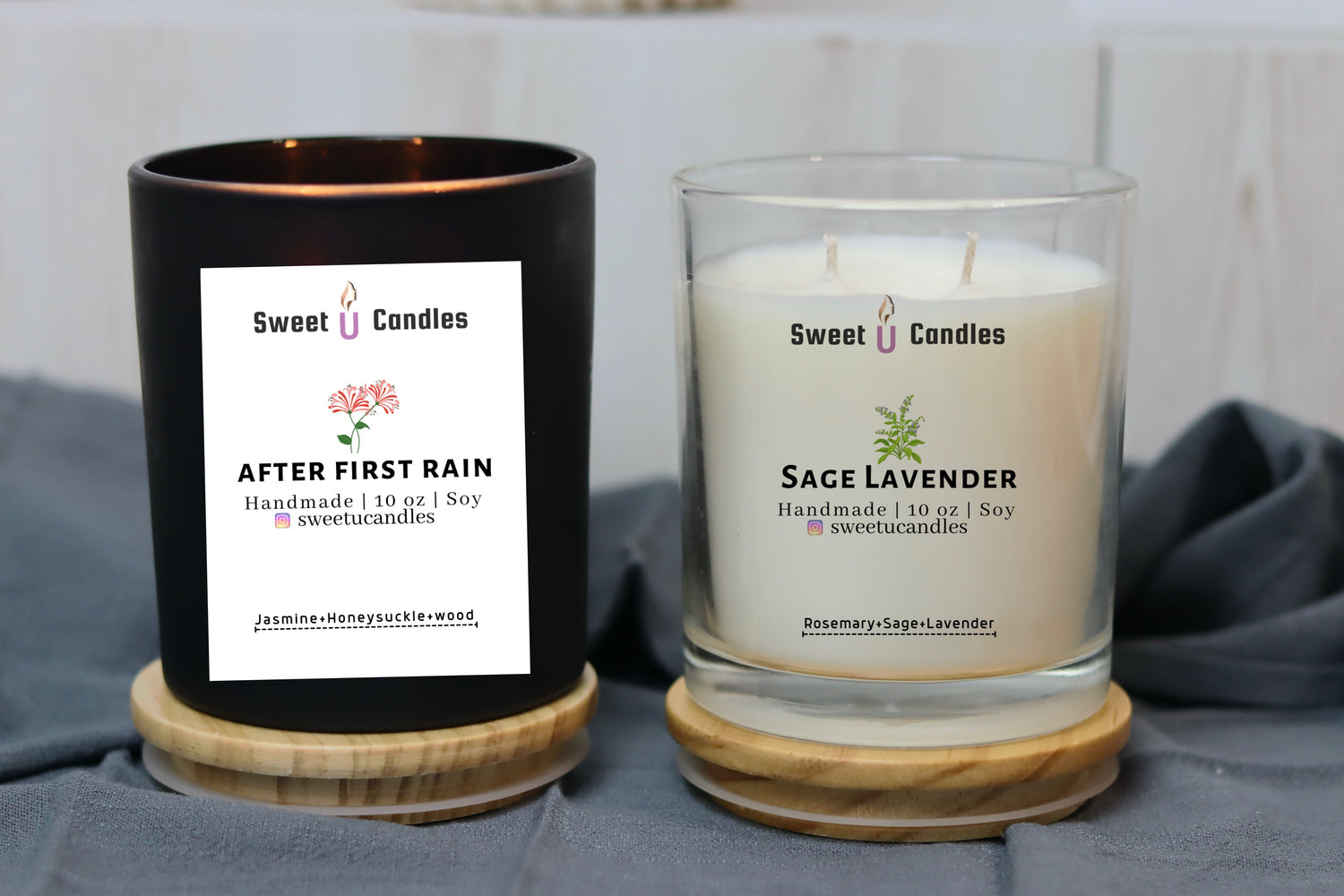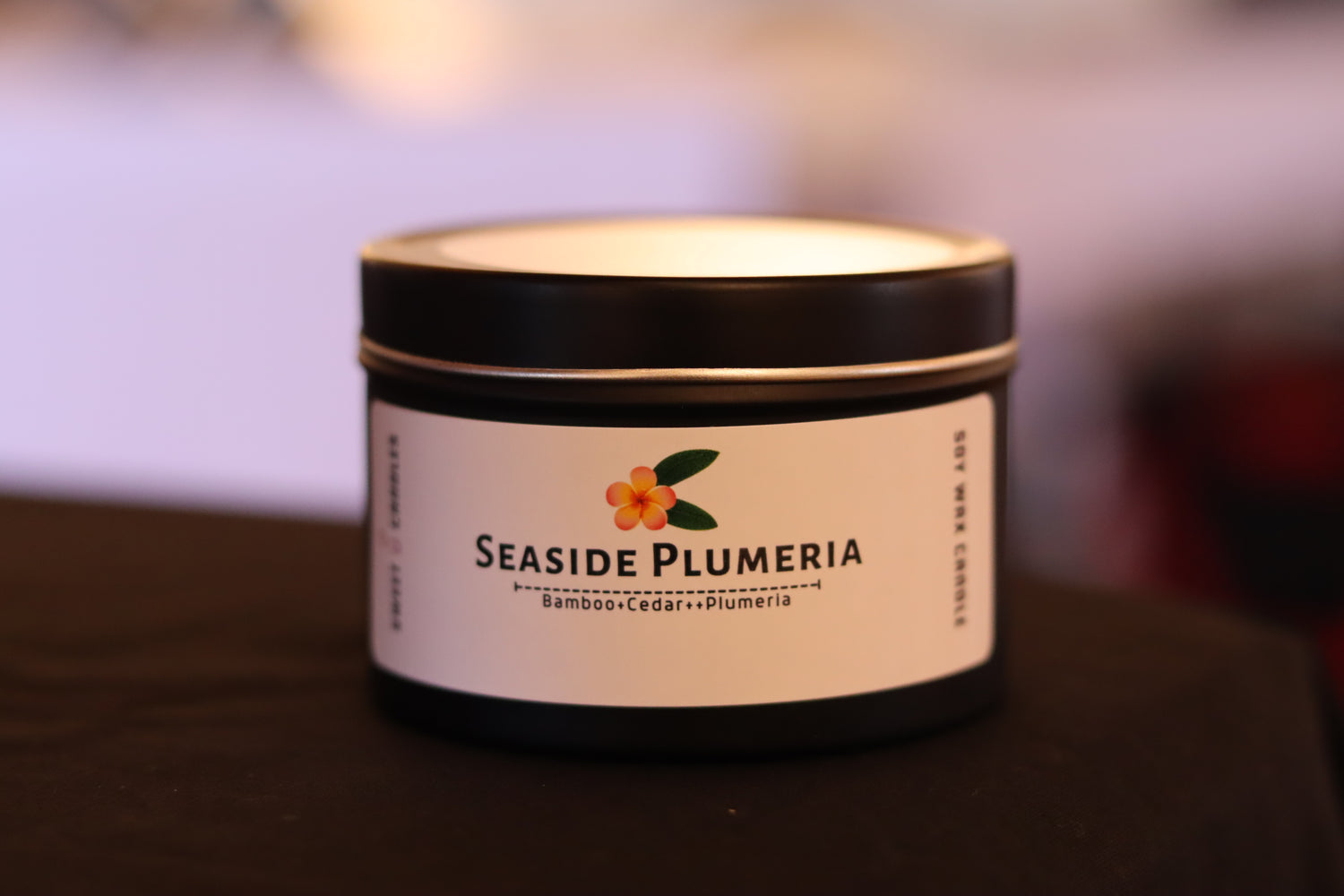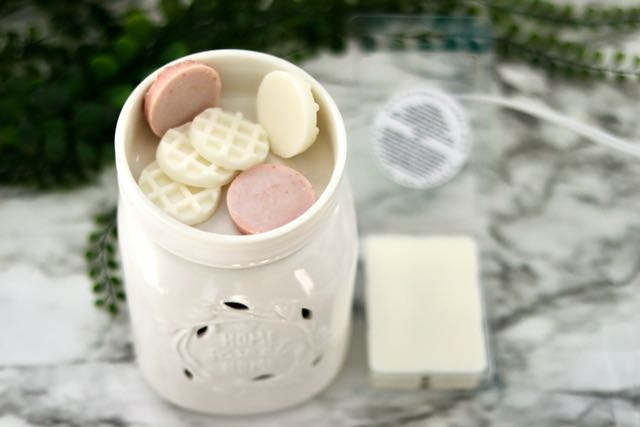Creating the perfect soy candle demands a deep understanding of various factors, including the essential element of fragrance load. The amount of fragrance oil in a candle is vital as it determines the scent's intensity, influences the burning characteristics, and significantly impacts the overall user experience. This guide aims to delve into the nuances of fragrance load, providing detailed explanations, practical examples, and best practices to assist both beginners and seasoned candle makers in mastering this crucial aspect of candle making.
Understanding Fragrance Load: Fragrance load refers to the quantity of fragrance oil added to the candle wax, expressed as a percentage of the total wax weight. For example, a 7% fragrance load in a soy candle means that there are 7 grams of fragrance oil for every 100 grams of wax. The fragrance load is pivotal in determining the scent throw of a candle, which is the measure of how well the candle's fragrance permeates the space when lit. A well-balanced fragrance load ensures a robust and consistent scent throw, enhancing the candle's appeal.
The Significance of Achieving the Right Fragrance Load: Striking the right balance between scent intensity and burn quality is crucial. A balanced fragrance load results in a soy candle that not only fills the room with a delightful aroma but also burns evenly, maintaining a smooth appearance throughout its lifespan. On the other hand, an incorrect fragrance load can lead to various issues such as tunneling, sooting, and an uneven wax pool. By mastering fragrance load, candle makers can circumvent these common problems, ensuring a high-quality end product.
Measuring and Calculating Fragrance Load: Accurate measurement and calculation of fragrance load are imperative. Essential tools include a digital scale, measuring cups or syringes for liquids, and a calculator. Here’s a practical example to elucidate the process:
- Choose a 200ml jar for your candle.
- Tare the digital scale with the jar on it.
- Pour soy wax flakes into the jar to your desired level, and note the weight, say 170 grams.
- Decide on your fragrance load percentage, which typically ranges from 6-10% for soy wax. Here, we'll use an 8% fragrance load.
- Calculate the amount of fragrance oil required: 170g x 0.08 = 13.6g.
- Use a measuring cup or syringe to measure 13.6g of fragrance oil.
Next, melt the soy wax to around 55°C(195°F), add the fragrance oil at 170°F, and stir thoroughly. Pour the wax into the jar, let it set, trim the wick, and your soy candle is ready.
Testing and Adjusting Fragrance Load: Conducting test burns is crucial. Light the candle, let it burn for at least hour, assess the scent throw and burn characteristics, and make necessary adjustments. If the scent throw is weak, you might need to increase the fragrance load. If there are burn quality issues, reevaluate the fragrance load and wax type.
Advanced Tips and Best Practices: Ensure you use high-quality, candle-safe fragrance oils. Be prepared to adjust the fragrance load with changes in temperature and humidity, and don't shy away from experimenting with different fragrances. Each scent may require a different load percentage. Keeping detailed records of your recipes, fragrance loads, and test results in a candle-making journal will help refine your process and yield consistent results.
Conclusion: Mastering fragrance load in soy candle making is paramount for creating a high-quality product with a strong and consistent scent throw. Understanding fragrance load, measuring and calculating it accurately, conducting test burns, and applying advanced tips and best practices can significantly enhance your candle-making skills. This comprehensive guide, enriched with practical examples and thorough explanations, serves as an invaluable resource for anyone looking to excel in their candle-making endeavors.




